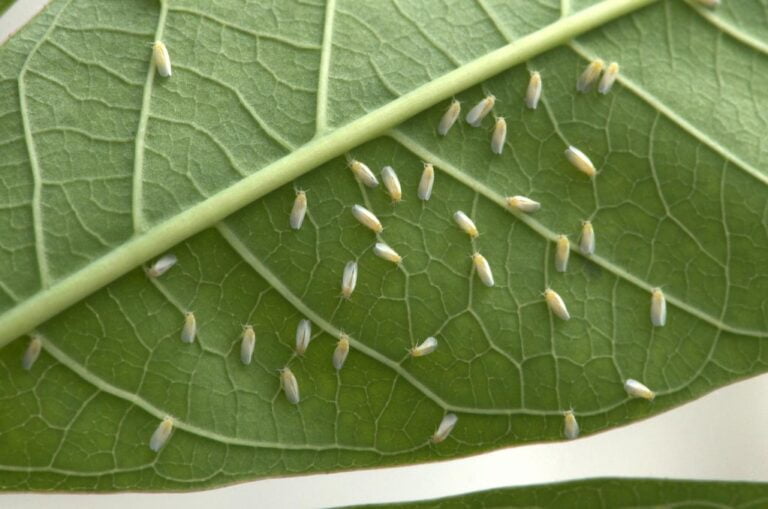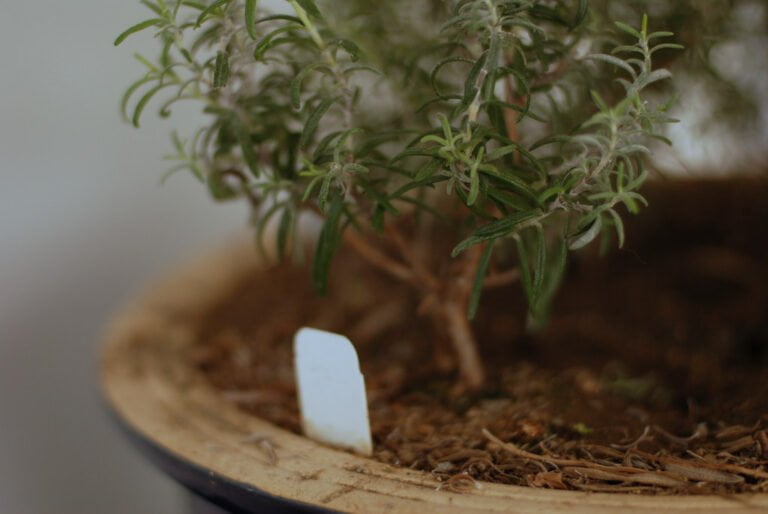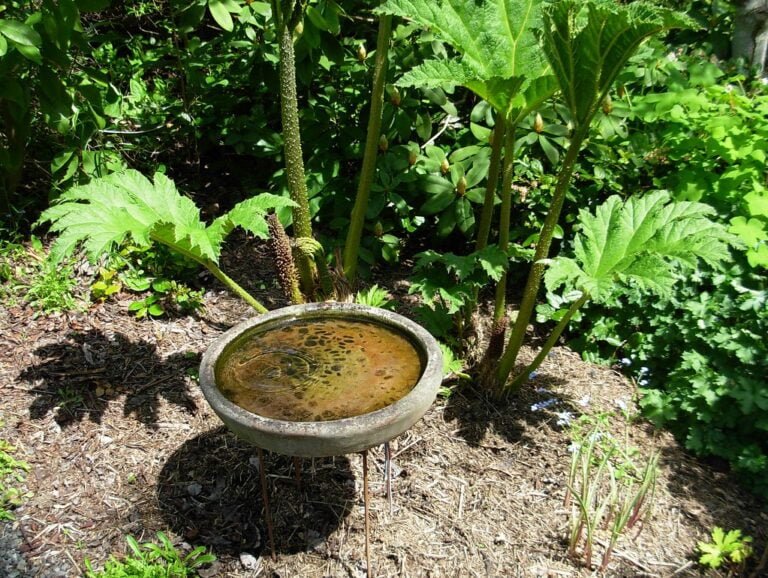Why Are Your Tomato Leaves Turning Black? Causes and Solutions
When my tomato leaves turn black, fungal diseases like early blight and late blight might be the cause. Environmental stressors such as extreme temperatures and moisture imbalances can also lead to blackening. Nutrient deficiencies like magnesium or potassium could be contributing. To manage, choosing disease-resistant tomato varieties and maintaining proper soil moisture levels is essential. Early detection and using fungicides help. Preventive measures like row covers and crop rotation can protect plants. Remember, understanding these causes and solutions can help keep your tomato plants healthy and thriving.
Common Fungal Diseases
Fungal diseases, such as early blight and late blight, are common issues that can cause black spots and lesions on tomato leaves. Early blight, attributed to the Alternaria solani fungus, manifests as dark lesions with characteristic concentric rings on the leaves. In contrast, late blight, caused by Phytophthora infestans, results in brown to black spots on both the leaves and stems of tomato plants. Another fungal culprit, Septoria leaf spot, caused by Septoria lycopersici, appears as small dark spots with lighter centers on the tomato foliage. Additionally, bacterial canker, induced by Clavibacter michiganensis, can lead to the development of black streaks on the stems and leaves of tomato plants.
To combat these fungal diseases affecting tomato leaves, several strategies can be employed. Utilizing resistant tomato varieties can provide a proactive approach to minimizing the impact of these diseases. Implementing proper sanitation practices and timely fungicide applications can help manage and reduce the spread of fungal infections. By incorporating these control measures into your gardening routine, you can effectively tackle the challenges posed by early blight, late blight, Septoria leaf spot, and bacterial canker, ultimately preserving the health and strength of your tomato plants.
Environmental Stressors
Extreme temperatures, moisture imbalances, and humidity fluctuations are key environmental stressors that can lead to blackening of tomato leaves. When temperatures swing drastically, or when there’s excessive moisture without proper drainage, tomato plants can become stressed, causing their leaves to develop black spots. To mitigate these issues, ensuring adequate air circulation around the plants and providing sufficient spacing between them is essential. Mulching the soil around the tomatoes can help retain moisture levels and stabilize temperature fluctuations, reducing the risk of black spots on the leaves. Opting for disease-resistant tomato varieties is also a proactive step in preventing environmental stressors from affecting the plants.
Regular weeding in the tomato patch is crucial to reduce competition for nutrients and ensure that the plants receive ample phosphorus, which can help them withstand environmental stressors better. Additionally, maintaining phosphorus-rich soil through proper fertilization practices can fortify the plants against leaf discoloration. Proper disposal of infected plant debris is vital to prevent the spread of diseases that can manifest as black spots on tomato leaves, contributing to a healthier overall environment and aiding in diseases prevention. By addressing these environmental stressors effectively, the likelihood of tomato leaves turning black can be significantly reduced.
Nutrient Deficiencies
Addressing nutrient deficiencies in tomato plants is essential for preventing black spots on the leaves and ensuring healthy growth. Nutrient deficiencies, such as magnesium or potassium, can manifest as black spots on tomato leaves, leading to stunted growth and weakened plant health. These deficiencies often present alongside symptoms like yellowing leaves, indicating a lack of essential nutrients important for the plant’s development.
To combat these issues, incorporating organic matter or compost into the soil can help replenish important nutrients needed for ideal tomato growth. Regular soil testing is also paramount in identifying specific nutrient deficiencies in tomatoes, allowing for targeted solutions to be implemented promptly. By addressing nutrient deficiencies promptly and effectively, gardeners can promote healthier tomato plants with vibrant leaves and robust growth.
Effective Management Strategies
To effectively manage black spots on tomato leaves, it is essential to implement proactive strategies that promote plant health and prevent common issues. Black spots on tomato leaves are often caused by bacterial diseases such as Leaf Spot, Leaf Curl, Fusarium wilt, and Septoria Leaf. Selecting tomato varieties that are resistant to these diseases can greatly reduce the likelihood of black spots appearing. Moreover, maintaining appropriate soil moisture levels is vital for the overall health of the plant and its ability to resist diseases.
Regularly examining your tomato plants is key to early detection of any black spots that may develop. Once identified, immediate action should be taken to prevent the spread of the disease. Using fungicides or bactericides as preventive measures can help safeguard your plants from common tomato leaf issues. These treatments should be utilized in accordance with product instructions to guarantee effectiveness while minimizing any negative impact on the plant.
Ensuring that your plants receive the necessary nutrients and that the soil is healthy can go a long way in preventing black spots on tomato leaves. By taking a proactive approach to plant care and disease management, you can promote the overall health of your tomatoes and enjoy a bountiful harvest.
Preventive Measures
One effective way to prevent black spots on tomato leaves is by implementing protective measures such as using row covers to shield plants from frost damage. Floating row covers act as a physical barrier, keeping frost at bay and safeguarding your tomato plants. Additionally, selecting tomato varieties with disease resistance can help prevent early blight and guarantee the overall health of your plants. Disease-resistant varieties are less susceptible to common tomato diseases like Phytophthora infestans, offering a natural defense mechanism against black spots on leaves.
Crop rotation is another crucial preventive measure to contemplate. By rotating planting spots annually and cleaning up plant debris regularly, you can help prevent the occurrence of late blight in your tomato plants. This practice disrupts disease cycles and reduces the likelihood of pathogens persisting in the soil, promoting healthier plants overall.
To further prevent black spots on tomato leaves, it is vital to avoid overhead watering. Wet leaves can encourage the growth of fungal diseases like bacterial speck and sooty mold. Instead, opt for drip irrigation or water at the base of the plants to keep foliage dry and reduce the risk of disease development. Consider using insecticidal soap to control pests that may contribute to leaf damage and reach out to your local extension office for expert advice on preventive measures tailored to your specific region.






